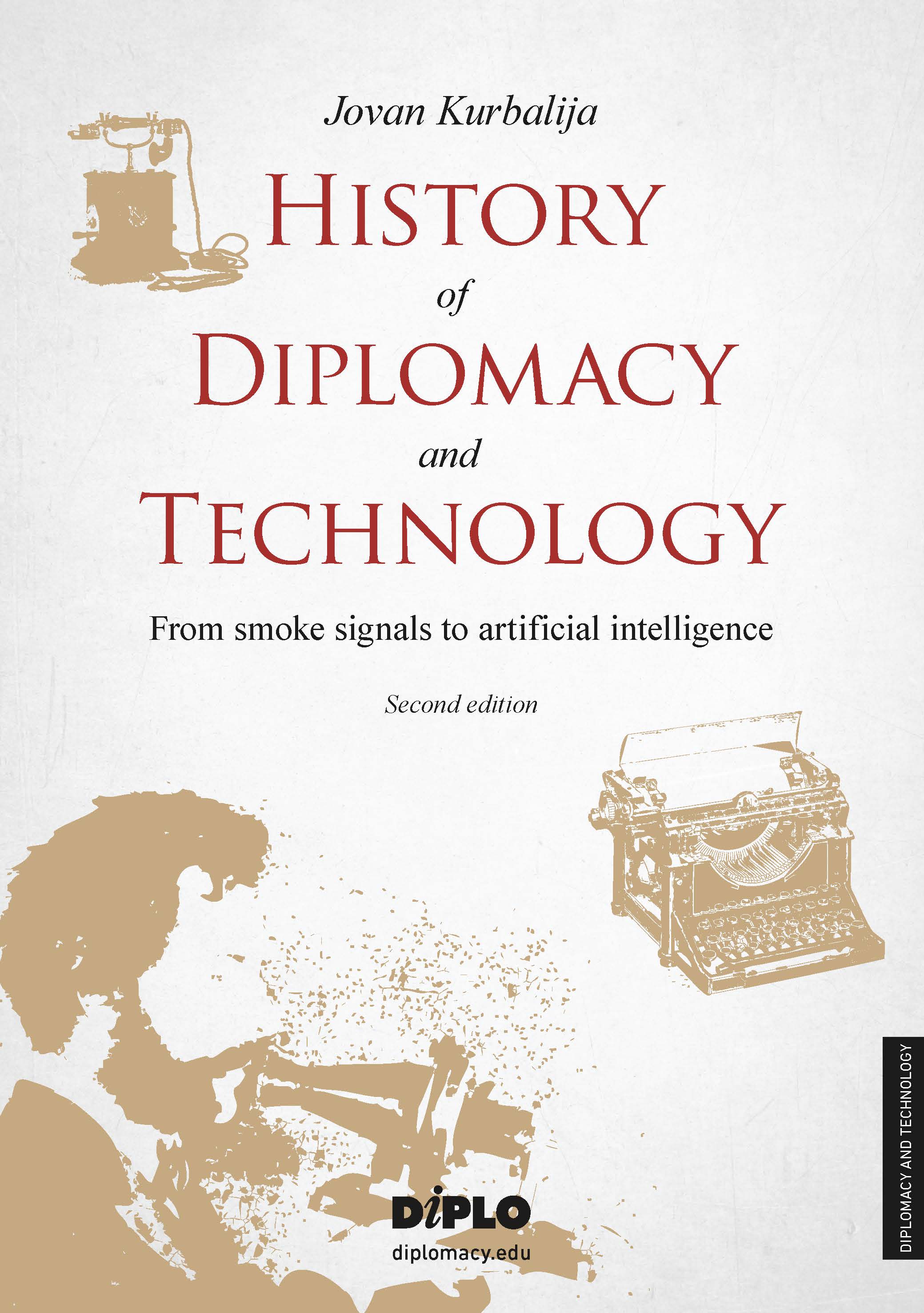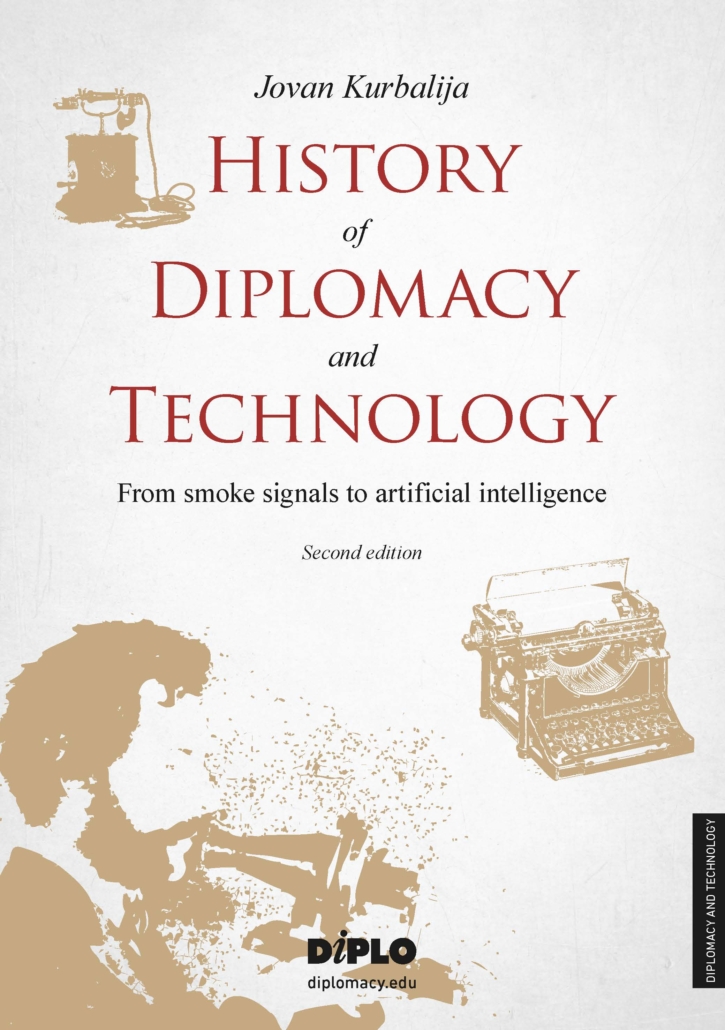History of diplomacy and technology: From smoke signals to artificial intelligence (2nd edition)


Unlock 5,000 Years of Diplomatic Secrets in the Digital Age!
Ever wonder how ancient messengers shaped today’s AI-driven diplomacy? Or why a 15th-century printing press still echoes in modern disinformation wars? Groundbreaking research reveals that the key to navigating today’s tech chaos lies buried in our past.
The History of Diplomacy and Technology (2nd Edition) is a sweeping journey through 5,000 years of diplomacy’s dance with technology. From smoke signals in Mesopotamia to algorithms in foreign ministries, this book uncovers the untold patterns linking tech revolutions to global power shifts.
New edition will be available online and in bookstores in mid-September 2025!
Consult the book content via the AI agent
A masterpiece of longue durée scholarship. Finally, a map for our disorienting technological age.
Pre-release academic reviewer
In this landmark book, Jovan Kurbalija shows why today’s tech disruptions are less ‘unprecedented’ than we often think. On 420 pages supported by 952 footnotes, illustrated with 60 figures, 15 maps and 13 tables, the book is perfect reading for:
• diplomats navigating digital fragmentation;
• tech pioneer building governance frameworks;
• historians rethinking societal evolution;
• anyone exhausted by shallow “tech will save/destroy us” takes.
Table of Contents
| Preface |
| Introduction: A methodological toolkit for analysing the co-evolution of diplomacy and technology |
| Part I | Foundations: Language, messengers, and trust |
| Chapter 1 | The dawn of diplomacy: From oral traditions to written communication |
| Chapter 2 | Empires and messengers: Organised diplomacy in the ancient world |
| Chapter 3 | Wider worlds of diplomacy: Patterns of power and protocol in ancient civilisations |
| Part II | Pillars of diplomacy: From the polis to the imperial court |
| Chapter 4 | Envoys of the polis: The art of diplomacy in classical Greece |
| Chapter 5 | Rule and reach: Diplomacy as strategy in the Roman Empire |
| Chapter 6 | The Byzantine synthesis: Ceremony, intelligence, and information control |
| Part III | Crossroads of faith, empire, and state: From sacred authority to secular power |
| Chapter 7 | Shepherds of influence: Papal diplomacy in Medieval Europe |
| Chapter 8 | Islamic Golden Age: Trade, faith, and political strategy across the desert |
| Chapter 9 | The Renaissance revolution: Printing, permanent embassies, and public opinion |
| Chapter 10 | The Age of Cabinets: Cryptography, communication security, and the rise of foreign ministries |
| Part IV | The shrinking world: Communication, conflict, and coordination in the electric era |
| Chapter 11 | The electric current: Telegraphy, instant communication, and crisis diplomacy |
| Chapter 12 | The telephone: Voice communication across distance |
| Chapter 13 | Wireless and radio: Shaping public diplomacy and propaganda |
| Chapter 14 | Visual power: Television and film in wars and diplomacy |
| Part V | The digital frontier: Connectivity, complexity, and the rise of artificial intelligence |
| Chapter 15 | Diplomacy on the net: The digital transformation of diplomatic practice |
| Chapter 16 | The cognition and compromise: Diplomacy in the AI era |
| Conclusion: The enduring continuity and change of diplomacy and technology |
| The three revolutions revisited: Synthesising the historical trajectory |
| Constants of statecraft: Lessons from the longue durée |
| The next frontier: Navigating cognitive proximity in the AI era |
| References |
| Index |
| List of figures |
| List of maps |
| List of tables |
| About the author |

Sign up to receive updates about the book’s release
By clicking on the Submit button, you are agreeing to our Privacy policy.
If you are unable to register, please contact us at diplo@diplomacy.edu.

